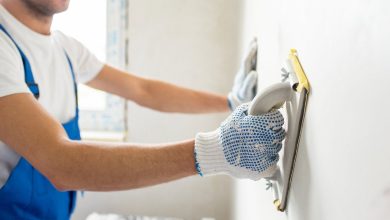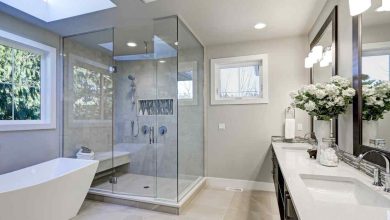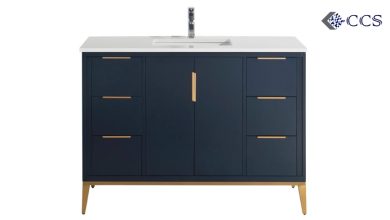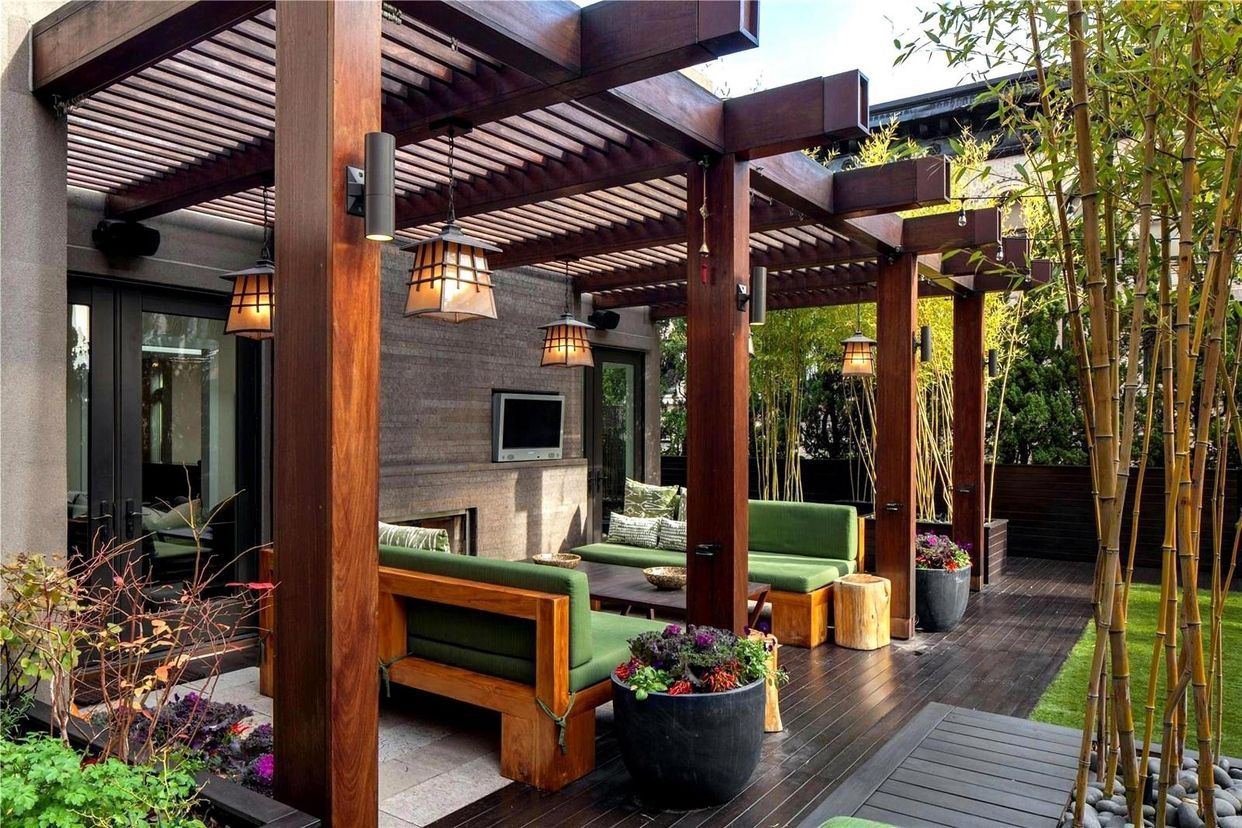How to Deep Clean and Maintain Rental Property Carpets
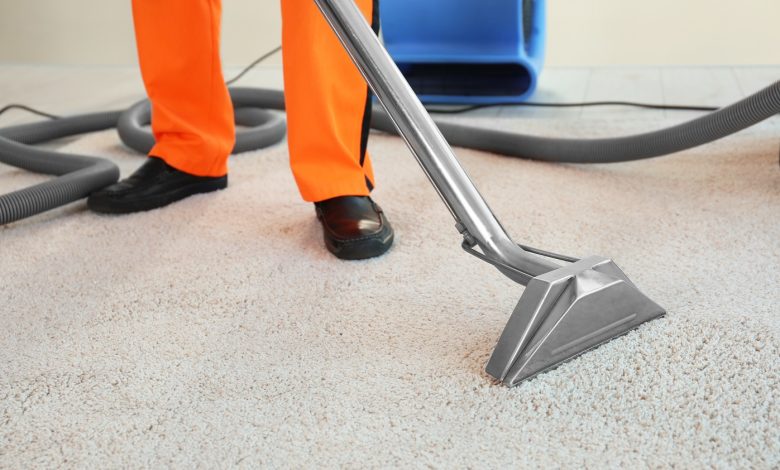
Dirt and stains are more likely to accumulate on carpets in rented homes than others since they withstand heavy foot traffic, excessive spills, and different types of wear and tear.
Maintaining carpets is not only important for keeping the property aesthetically pleasing, but also to ensure the space is hygienic and enticing for tenants.
However, replacing carpets every few months isn’t practical. Instead, there are deep-cleaning methods and maintenance tips that can preserve that rental carpet of yours.
The Importance of Carpet Care in Rental Properties
More than just floor coverings, carpets create warmth, tone for a room, and absorb sound. Ignoring them, meanwhile, may create a haven for allergens, bacteria, and bad smells. For rental houses, where several tenants might visit and leave, the stakes are much higher.
Unkempt carpets can influence tenant satisfaction, slow down re-rentals, and even reduce the apparent value of the house.
One proactive approach to guard your investment is consistent carpet repair. Deep cleaning keeps tenants happy, increases the lifetime of carpets, and saves money over time. This is also about making sure your rental property stays competitive on the market—not just about appearance.
Techniques and Tools For Deep Cleaning Carpets
Your normal vacuum-and-go is not deep cleaning. Standard cleaning techniques cannot handle buried dirt, dust mites, and tough stains.
So, how exactly do you deep clean your carpet?
1. Steam Cleaning
One of the most often used techniques for thorough cleaning carpets in rental houses is steam cleaning.
This technique depends on using high-temperature steam combined with a cleaning solution to clean the carpet’s fibres. It loosens dirt and grime, which a strong hoover subsequently picks out.
For houses with dogs and children, steam cleaning is especially helpful since it is a safe choice free of strong chemicals. However, it usually takes six to twelve hours to dry.
Although it can be a DIY method if you have the tools for it, contacting professional services is the better option.
2. Dry Cleaning
If you don’t have a lot of time, dry cleaning is your go-to. This approach sprinkles specialist powder cleaners over the carpet.
This works by applying a certain powder to the carpet using a rotating machine, the chemicals are then vacuumed and the dirt is carried along.
Dry cleaning’s rapid drying time is its key benefit as carpets are often ready to walk on practically right away.
For regular maintenance and lightly soiled carpets, dry cleaning works nicely. However, it’s often not as successful with deep ground-in stains. It’s a terrific choice between more frequent cleanings to keep the carpets looking brand-new.
3. Shampooing
Using a foaming detergent, carpet shampooing breaks down tough stains and spots from carpets. After a rotary brush applies the foam into the carpet fibres, the foam—along with the dirt—is vacuumed up once it dries.
For difficult stains from spills, pet mishaps, or heavy traffic areas, this approach works magic.
Be careful though, you have to make sure your carpet is properly rinsed. Otherwise, the foam leftovers will create residue which over time will draw in more dirt.
Maintaining Carpets Between Deep Cleans
While daily upkeep really helps to maintain carpets in rental houses in perfect shape, deep cleaning is
absolutely essential. Here are some simple tactics property managers and landlords should use.
1.Vacuum Regularly
Renting a house calls for regular vacuuming. It gets surface dirt out before it can get ingrained deep into the fibres.
Urge renters to clean often, ideally once a week, and more frequently in high-traffic areas including living rooms and corridors. To get optimum results, clean dust and allergens with a hoover running a HEPA filter.
2. Clean Spills Immediately
Although spills are unavoidable, don’t let them sit in.
Instruct renters on how to handle accidents, including blotting not rubbing the spill with a fresh cloth and applying the suitable carpet cleaning. You can leave the proper tools available for renters to use as most won’t buy things themselves.
Long-term carpet damage can be greatly avoided with a little useful guide put in the rental property.
3. Use Area Rugs and Mats
These should be placed strategically in high-traffic areas including kitchens, hallways, and doors to greatly lower wear and tear on the underlying carpet.
These rugs not only provide style, but also help prevent stains and dirt, facilitating maintenance of the main carpet.
4. Restrict In-Door Footwear
Promote a no-shoes rule on the premises. Shoes walk through all kinds of dirt, including sand, mud, and even small stones that may wear down carpet fibres.
Offering a little shoe rack or mat close to the door will gently inspire renters to leave their shoes at the door.
Professional Services: When to Call in the Experts
Although do-it-yourself cleaning and maintenance are good, rental properties would much benefit from expert carpet cleaning services.
Expert cleaners guarantee complete and efficient cleaning of carpets by bringing in specific tools and knowledge. If the property is heavily used, think about arranging professional deep cleaning at least once a year—or more often.
Expert cleaners also spot any carpet damage early, such as signs of mould, water damage, or wear that can cause more major issues down-range.
Certain businesses even provide environmentally friendly cleaning solutions utilising non-toxic, pet- and tenant-safe products.
Conclusion
Maintaining carpets in rental houses is not an intimidating chore.
You don’t want to replace your carpets regularly, and nobody is going to rent a property with unclean carpeting or floors.
Your carpets can last longer and you can save money by employing consistent cleaning rituals. So be ready and pick that hoover or call in the experts—your carpets will thank you!


